Advertisement
Dungeons & Dragons (D&D) is all about creativity, imagination, and building stories that people will never forget. As either the Dungeon Master (DM) or a player, the experience sometimes depends on the richness of the world you build and the adventures you embark upon. Though traditional tools can prove useful, ChatGPT introduces a new and powerful way to enrich your campaign. This is how you can use it to make your D&D sessions better.
Non-player characters (NPCs) play a key part in D&D, advancing the plot and enhancing the world. It is time-consuming to craft a number of interesting NPCs when creating lots of characters. You can easily develop unique NPCs, such as their physical appearance, personality, and background, using ChatGPT. If you require a character with a particular personality, ChatGPT is able to deliver it instantly. Whether it's a wise wizard with a mysterious backstory or a thief who loves animals, ChatGPT is able to offer in-depth descriptions. Furthermore, you are also able to request particular quirks or speech patterns, which make each NPC unique and memorable for players.
The storyline is often what keeps players engaged in a campaign, and plot hooks are crucial in drawing them into the action. Crafting an engaging and unpredictable plot, however, can be tricky when managing multiple characters and intertwining subplots. ChatGPT can help by generating plot hooks that are tailored to your campaign's themes and the players' characters.
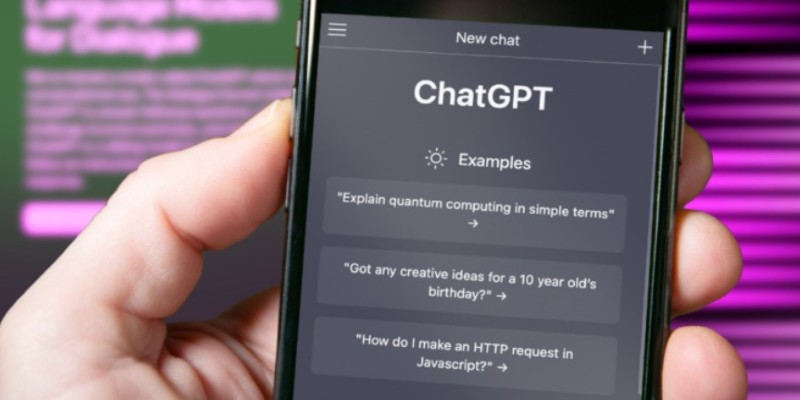
For example, you might ask ChatGPT to create a plot involving a mysterious artifact, or a dangerous journey. Additionally, you can request subplots related to your players' backstories, allowing you to tie their personal motivations into the broader narrative. This not only adds depth to the plot but ensures that the adventure feels personal and immersive.
Combat is a central part of D&D, but crafting exciting and original encounters can sometimes be overwhelming. ChatGPT can assist in creating dynamic combat situations, complete with varied terrain, enemies, and environmental factors that keep players on their toes. If your party is facing off against a group of goblins in a cramped dungeon or battling a powerful demon in a storm, ChatGPT can help design the scene, including enemy stats, suggested tactics, and potential twists.
For a more unique twist, you can request specific environmental challenges to complicate the fight. Imagine a battle in a flooded chamber or a chaotic skirmish on a moving airship. These unpredictable elements make the combat more engaging and force players to think strategically.
A rich world filled with deep lore and history enhances the sense of immersion in any D&D campaign. ChatGPT is excellent for generating the lore behind your world—be it ancient civilizations, forgotten deities, or long-lost treasures. Instead of spending hours crafting intricate backstories, you can ask ChatGPT to generate details for cities, factions, or events that have shaped the world your players inhabit.
For example, if you're introducing a new city or region, you can ask ChatGPT for information about its founding, key historical events, or important figures. It can also help you craft detailed cultural practices, local traditions, or even quirky myths that will make the setting feel more alive.
D&D games are full of surprises, and often, players will take unexpected actions or decisions that challenge your pre-planned storyline. ChatGPT can serve as a great tool for improvisation during the game. Whether your players suddenly choose a different path or decide to take an entirely new course of action, ChatGPT can provide quick ideas to keep the game moving smoothly.
For instance, if your players decide to visit a random town, ChatGPT can help you generate descriptions of the location, notable NPCs, and potential storylines that are connected to the place. It can also provide dialogue and responses for NPCs on the fly, allowing you to adapt quickly and keep the session moving forward without skipping a beat.
ChatGPT doesn’t just help with the DM’s prep work—it can also enhance the experience for players. After each session, you could use it to create a recap of the adventure, highlighting the important events and character interactions. This recap can be given to your players as a way to keep them immersed in the world between sessions and remind them of the progress they've made.
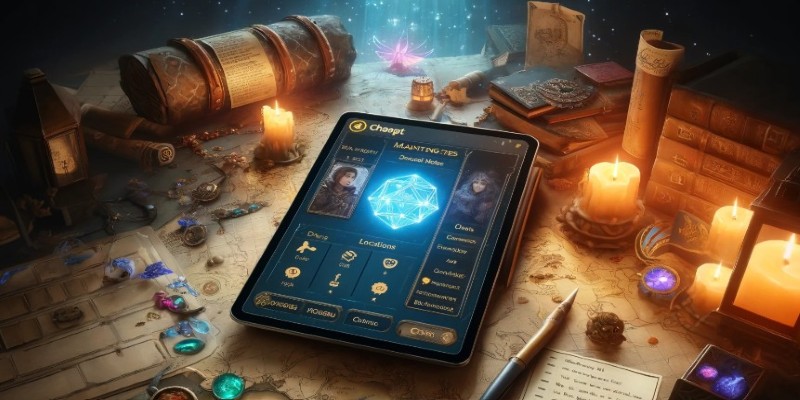
Additionally, you can use ChatGPT to craft personalized side quests or storylines that are tied to your players' individual backstories. By giving each player a quest that ties into their character’s history or motivations, you deepen their investment in the campaign and make them feel more connected to the world.
One of the challenges of running a long-term D&D campaign is keeping the tone and style consistent. Whether you're running a gritty, dark fantasy setting or a more whimsical adventure, ChatGPT can help maintain that tone. You can ask it to generate descriptions, dialogue, or encounters that align with the overall atmosphere of the campaign, ensuring that the world feels cohesive throughout the game.
If you’re planning a series of connected adventures, ChatGPT can help you maintain a consistent style by generating content that matches the tone you’ve already set. Whether it’s the language used by NPCs or the descriptions of locations, ChatGPT can help maintain the continuity of your campaign's setting.
ChatGPT can be a powerful tool for enhancing your D&D game, providing endless inspiration and practical assistance for both DMs and players. Whether you're fleshing out NPCs, creating rich lore, designing dynamic encounters, or generating magical items, this tool streamlines your prep work and offers creative ideas at a moment’s notice. By incorporating ChatGPT into your sessions, you’ll be able to build a richer, more immersive world and create memorable stories that your players will cherish.
Advertisement

In this article, we talk about the types of neural networks. CNN vs RNN vs ANN, and how are they all different.
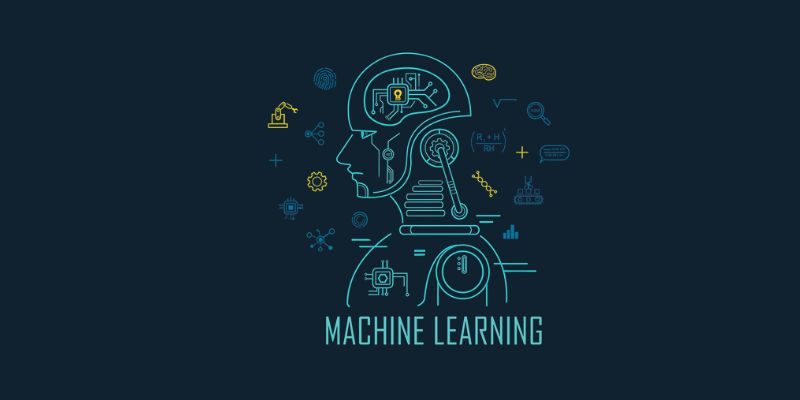
Discover how machine learning is shaping the future with smarter tools, personalized tech, and new opportunities for innovation
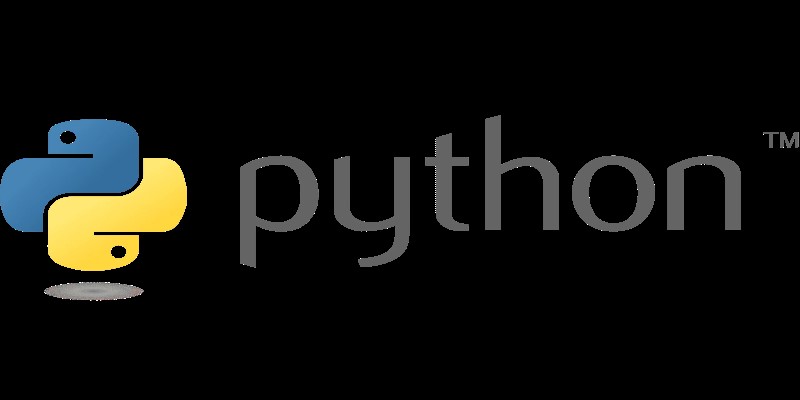
Need to test or run Python code without installing anything? These 12 online platforms let you code in Python directly from your browser—ideal for scripts, demos, or full projects
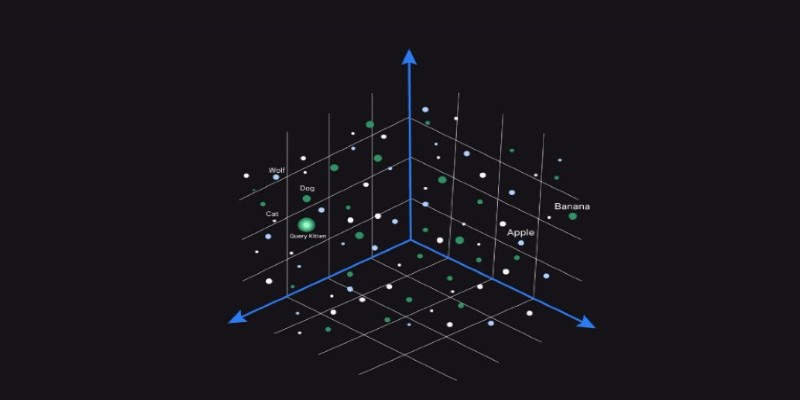
Wondering how AI finds meaning in messy data? Learn how vector databases power similarity search, make tools smarter, and support real-time AI features

Think ChatGPT is always helping you study? Learn why overusing it can quietly damage your learning, writing, and credibility as a student.
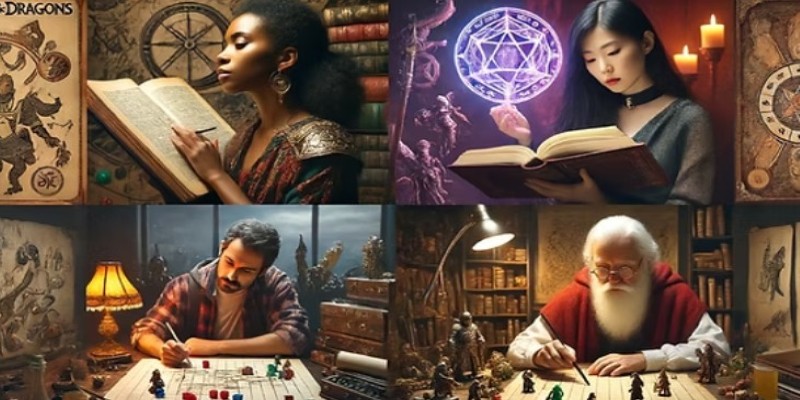
Discover how ChatGPT can help Dungeon Masters and players enhance their Dungeons and Dragons experience by generating NPCs, plot hooks, combat encounters, and world lore

Alluxio debuts a new orchestration layer designed to speed up data access and workflows for AI and ML workloads.

Explore the core technology behind ChatGPT and similar LLMs, including training methods and how they generate text.

Find out the 8 top-rated AI tools for social media growth that can help you boost engagement, save time, and simplify content creation. Learn how these AI-powered social media tools can transform your strategy

How to enhance RAG performance with CRAG by improving docu-ment ranking and answer quality. This guide explains how the CRAG method works within the RAG pipeline to deliver smarter, more accurate AI responses using better AI retrieval techniques

Understand the differences between General AI and Narrow AI, concentrating on adaptability, tasks, and real-world applications

Collaborative robots, factory in a box, custom manufacturing, and digital twin technology are the areas where AI is being used